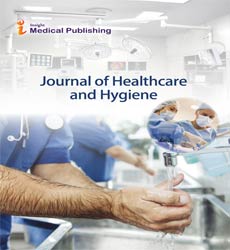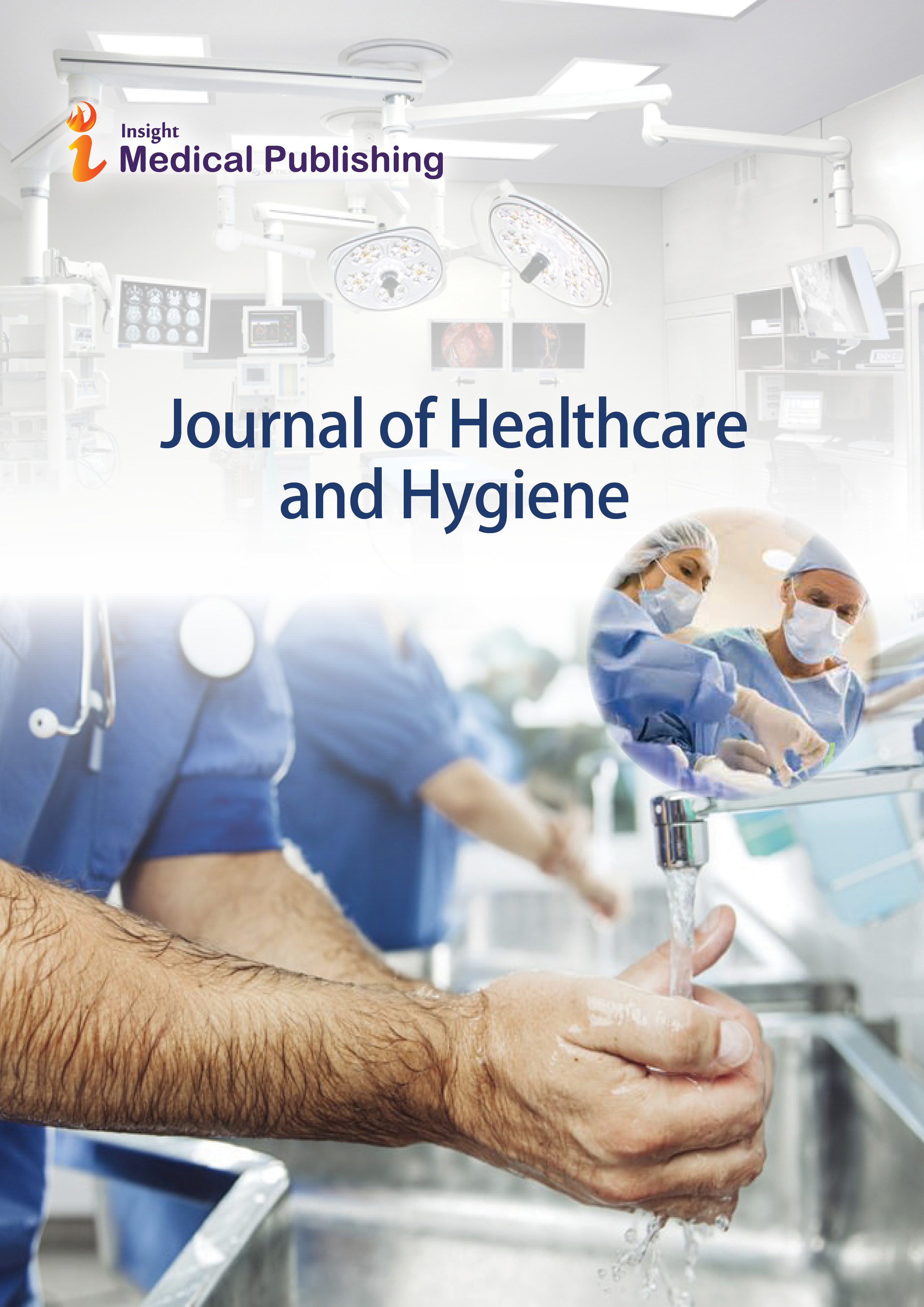Safety and Quality: A Former Joint Commission Surveyors Perspective
Abstract
The Institute of Medicine (IOM) published data in 2001(1) that forced the health care industry to recognize the need for improved and sustainable safety/quality outcomes. Today, IOM suggests that over 98,000 die annually due to avoidable error in our health care systems, suggesting that the problem lies more within the systems not in errors made by health care professionals (2).Six measures put forth by IOM include the safe, effective, patient-centered, timely, efficient, equitable delivery of health care (2). Further, Sentinel Event data collected annually by The Joint Commission (TJC) reveals that preventable safety events such as wrong site/wrong procedure, suicide and falls still occur in hospital settings (3).While there has been speculation that accredited organizations do not have improved outcomes, this is not supported by data. TJC provides accrediation for 90% of accredited hospitals (USA) and is broadening global accreditations through Joint Commission International (JCI) in 100 countries. Founded by physician’s in 1951, TJC began with the idea that accountability and standardization lead to improved outcomes for patient safety and quality. In its 70 year history TJC has grown into a global effort to improve safety/quality in the health care industry, with the first International Accreditation awarded in 2000. As a former surveyor for TJC, I will share accreditation basics, lessons learned from hundreds of surveys conducted and best practices in quality/safety seen across the USA.

Open Access Journals
- Aquaculture & Veterinary Science
- Chemistry & Chemical Sciences
- Clinical Sciences
- Engineering
- General Science
- Genetics & Molecular Biology
- Health Care & Nursing
- Immunology & Microbiology
- Materials Science
- Mathematics & Physics
- Medical Sciences
- Neurology & Psychiatry
- Oncology & Cancer Science
- Pharmaceutical Sciences
